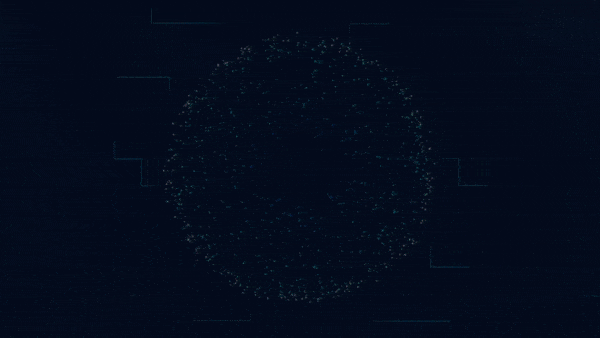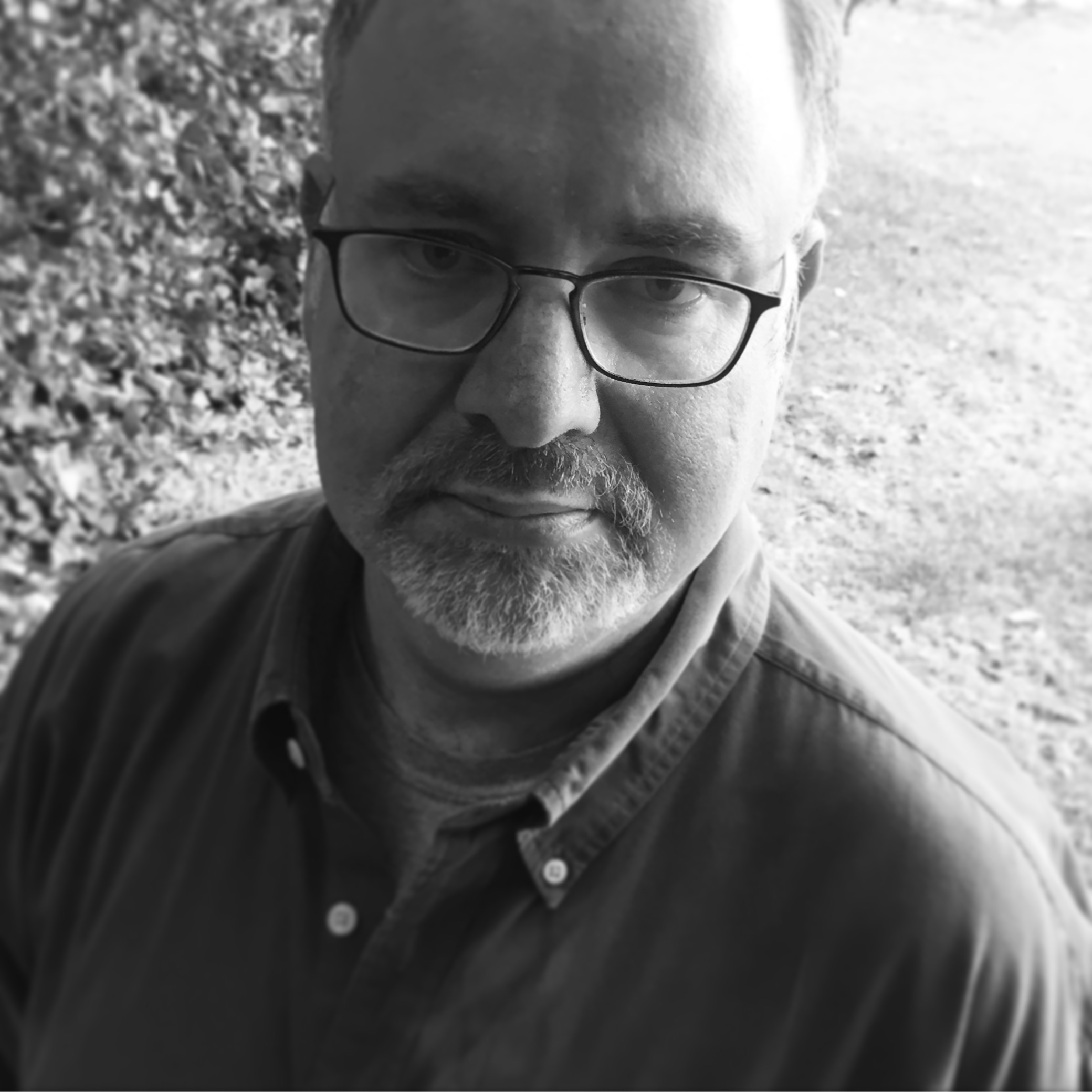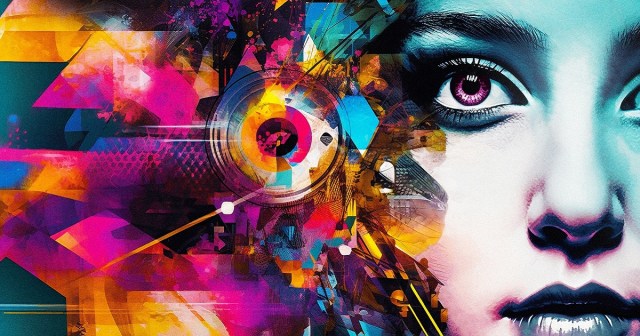
TL;DR
- The AI Creative Summit will feature a wide variety of classes and training in many facets of artificial intelligence applicable to the media and entertainment industry.
- In many ways, generative AI is the step in a gradual evolution of digital technology assistants that have made creatives’ lives easier.
- Even AI skeptics should consider attending this event, says program manager Gary Adcock. He thinks a lot of the fear around AI in the industry is based around misunderstandings that could be dispelled through further education.
If you’d like a preview of the AI Creative Summit, workflow specialist Gary Adcock is your guy.
Not only does Adcock work in for episodic and feature film production and post, he also serves as program manager for the new conference, which, which will be offered as part of NAB Show New York in October.
This debut event features a wide variety of classes and training in many facets of artificial intelligence, one of the most controversial (and inspiring) topics facing the media and entertainment industry.
Adcock, who has observed and been part of developments in AI and machine learning technology for many years, believes that many people afraid this technology is set to take over everybody’s jobs (on the way to world domination, natch) are reacting to the fact that certain applications of AI have only been in general release for a very short time.
While ChatGPT, Midjourney and similarly impressive tech has really only exploded this year, Adcok notes, the foundational technology, involving machine learning and enormous models, is not at all some out-of-the-blue phenomenon.
“We’ve gotten so much information on AI in such a short amount of time,” he says. “We’re confused and worried about it. But AI is a wide-ranging branch of computer science. It’s not really something new.” (It’s also not Skynet.)
To prove his point, Adcock lists off many popular apps and digital mainstays we’ve come to rely on that are undergirded by AI. For example: various types of digital assistants, autocorrect on smartphones and word processing software, sorting technology for packages and inventory, filters to alter our appearance on our phones or Zoom calls, Google Maps, content filters for social media applications… It all works on the same principles.
So what’s the big deal with generative AI? People, Adcock says, are afraid of what we don’t understand.
The key to confronting that fear and discovering the ways that AI has already helped us do our jobs is education and exposure. And this is what this summit offers.
“We have a lot of information to share about ways AI can help you as a visual creative,” he says. “Whether you work in Midjourney or ChatGPT or Firefly or 11Labs for audio, with tools that enable podcasters to rebuild audio and video, there is plenty to learn at the AI Creative Summit.”
The legality of AI-generated content is also a major issue all over current headlines and one that Adcock promises the summit will delve into. “You need to understand where you’re at when you do use AI,” he says. “What are the rules in your state? What are the rules for your production?”
NAB Show and Future Media Conferences (FMC), Adcock says, “have worked together to offer training for almost 20 years. We’re here to help you learn the technologies you don’t understand yet and want to learn about, whether you’re working in Photoshop or After Effects or Maya or Pro Tools” and much more.
With greater understanding about what AI is, what it isn’t and where it’s come from, the current trepidation about this tech, Adock says, will be replaced with a sense of empowerment.



